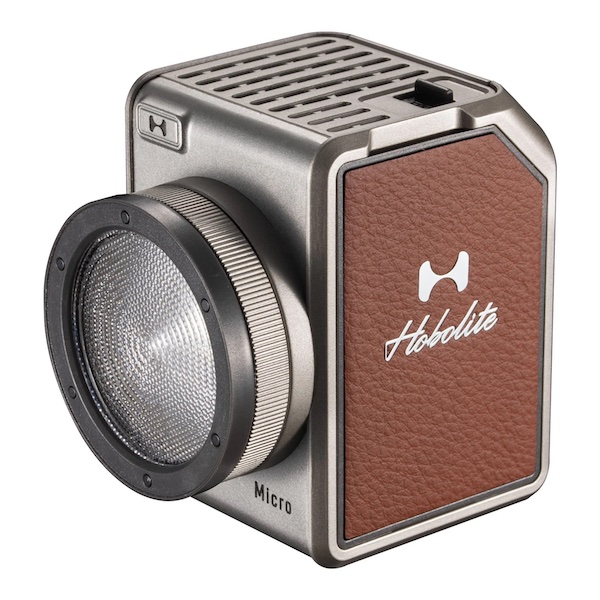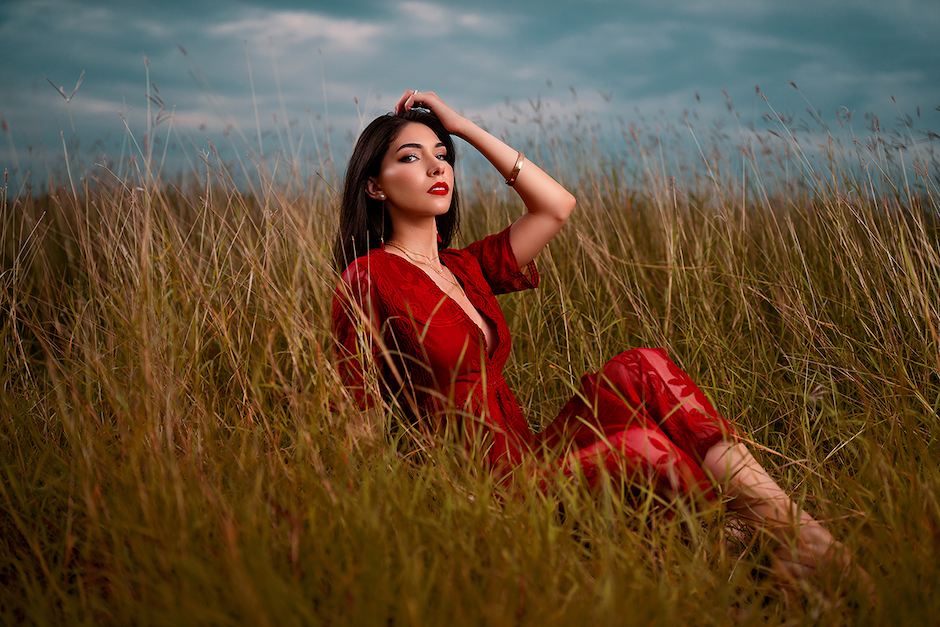When Lighting Meets Patent
January 14, 2013
It’s been some time since I last discussed copyright and patent issues. Far from subsiding, the controversy has resurfaced with some interesting developments in the past couple of months.
Some of the latest changes in copyright laws have not occurred in the U.S., but rather in Canada and the United Kingdom. Canada has enacted a new copyright law that explicitly states that a photographer, not the company or person who commissioned it, owns the copyright to a photograph. This brings Canada’s copyright law in line with those of the U.S. and other countries (see “A Victory for Canadian Photographers,” page 22 in Rangefinder’s December 2012 issue).
The U.K., meanwhile, has enacted a new law that will hopefully make it easier for photographers to collect damages from copyright infringers. The U.K. now allows photographers to make a claim for infringement, up to £5,000 ($8,000), through small claims court, without a lawyer. Of course it’s possible to do the same in the U.S., but the amount of damages varies tremendously from state to state.
While this change in the U.K. might be beneficial to photographers, another law, which might be enacted soon, is causing concern. Lawmakers are considering the establishment of a central clearing house (Digital Copyright Exchange) for handling orphan works. Opponents say it will make it difficult to collect payment retroactively for photographs that have been taken from the Internet without permission.
This has been a big issue in the U.S. for the last several years, and legislators have been trying to pass a law to allow the use of so-called “orphan works” under the condition that the user has made a good faith attempt to identify the copyright owner. Like so many pending legal matters, this legislation has been stuck in limbo in Washington, D.C. Perhaps the controversial U.K. proposal will spur action on this side of the Atlantic.
Copyright has become a tough issue to tackle. Traditional copyright laws were originally made to meet the requirements of big publishers rather than individuals. Because the Internet has brought the issue to an individual level, the laws should be updated to reflect the reality of the digital age, in which it is so easy to copy and republish original works.
Patent Troubles
If you think copyright is a minefield, patent problems are even more controversial. No doubt, most of you are aware of the battle between high-tech players Apple and Samsung. Apple won a major battle against Samsung in the U.S. but lost a similar patent dispute in the United Kingdom.
Nowadays, it seems that many patents are so broad that they have the opposite effect desired, by slowing down developments. This has become especially true in the software field.
Amazon, for example, was given a patent for its one-click purchase button for ordering items. Apple and others pay licensing fees to use the same technique. However, Amazon has been unable to get
a patent for “one-click” in Europe, which theoretically means a European company can use the idea without paying royalties to Amazon. That would undoubtedly exclude them from using it on a site accessible to an American.
In today’s environment, where things change so quickly and everyone is connected via the Internet, we need global solutions. Of course, every country or region in the world wants to have its own rules. Plus, the cynical side of me suspects that lawyers love the current situation because they can make tons of money trying to resolve disputes potentially worth millions of dollars.
LED Lighting is the Future
You’re probably wondering why I’ve brought up the subject of patents in my column. Litepanels, which was the first company to introduce LED lighting systems for video, has a patent that specifically refers to “the application of full spectrum, white LEDs for image capture in those mediums.” Litepanels says its products also include a number of preexisting technologies for which they pay licensing fees to the owners of those patents.
The company has actively pursued companies that produce lighting units for photography. Some companies have agreed to pay licensing fees; others are fighting back.
I’m not a lawyer, and it’s easy to see both sides of the argument, so I’m not making any judgment. However, it is surprising that one company so easily obtained a patent for one particular use of LEDs, given that they were invented in the 1930s.
LED lighting systems are used everywhere nowadays, so there are, in theory, alternatives. For example, I looked into the idea of using off-road truck lights as photographic lights. Then I discovered that the company (GoLight) has a patent on its LED lights for use on off-road searchlights. It makes you wonder who might have a patent on LED Christmas tree lights, camping lanterns, flashlights, etc.
Hopefully, despite what might be going on behind the scenes in courtrooms around the world, we will see continuous improvement and lower costs of LED lighting for photographic uses. One only need look at the wide variety of flash equipment to see the benefits of unfettered competition. It certainly appears that LED lighting will be the primary lighting of choice in the future, or at least until something better comes along.
The LED Solution—Litepanels or Rotolight
Unlike many photographers, I do not have a permanent studio; instead, I set up a temporary “studio” when I do a shoot and, until a few years ago, I always used my trusty Bowens and Paul C. Buff flash lights. However, that meant carrying a heavy case with lights and stands.
Once I also started doing video shoots, I switched to using Interfit Cool-Lites, which use fluorescent bulbs. They work well and I still use them when I need a large soft-light source. However, as I’ve gotten older (or lazier), I have begun to appreciate carrying even smaller cameras and lighting equipment.
I began using Litepanels MicroPro attached to the camera as a good on-camera light source, but it’s nowhere near as bright as the output from a flashgun. However, now that we have cameras that can produce high-quality images at higher ISO settings, coupled to lenses with good image stabilization, it’s possible to get away with a lower quantity of light.
Stan Sholik did a comprehensive review of the Rotolight Interview kit in the October issue of Rangefinder, and I have also been trying out this system. It was my lighting of choice when I recently did a spur-of-the-moment photo shoot with a retired model I have known for over 30 years. Debbie Zullo (who many will recognize as a subject in Dean Collins’ original lighting books and videos) wanted a simple boudoir-style photo with a soft look (see opposite page).
I tried a simple shoot using the Olympus OM-D E-M5 as my camera. I placed one of the Rotolights with a warm gel on the flash shoe on the camera and mounted the other with a red gel, on a hook, on the back of the bathroom door, using a small Joby GorillaPod. That was easy. I set the Olympus camera on automatic with the Art Filter No. 2 setting turned on, and fired away. Debbie had to stay still, and I had to be steady as the shutter speed was really low—anywhere from 1/2 to 1/20th sec. at ISO 1600.
Of course, if I’d been on a serious paying photo shoot I would have used a tripod and perhaps more lighting, but I wanted to see if one could get a great shot with a minimal setup. Yes, there were some blurry shots, but I ended up with more than enough decent photographs.

This picture of retired model Debbie Zullo was captured on an Olympus OM-D E-M5 with the Art filter. Apart from cropping, it is an un-edited JPEG image. Olympus OM-D E-M5, ISO 1600, 14-42mm f/3.5-f/5.6 Zuiko lens set at 35mm, 1/6 sec. @ f/4.
John Rettie is a photojournalist who has been covering digital photography since its earliest days. He resides in Santa Barbara, CA, and readers are welcome to contact him directly by e-mail at john@johnrettie.com.




